TAGAYTAY CITY, November 3, 2023 – To obtain more accurate results based on more geographical coordinates of the farmers’ agricultural holding, the Department of Agriculture – Special Area for Agricultural Development (DA-SAAD) through its National Program Management Office (NPMO) introduced georeferencing as a process of associating geographic coordinates or a spatial reference system with a digital image, map, or other spatial data during the Information Technology and Database Development (IDD) National Assessment from October 23 – 27, 2023.
As per the IDD guidelines, georeferencing is to integrate survey data such as Global Positioning System (GPS) measurements or ground control points into a common coordinate system instead of listing the address of a farm location. This is also aligned with the international data protection standards set by the National Privacy Commission (NPC) since the information collected in the process can only be disclosed to third-party organizations under specific circumstances and it is not necessary to collect it from every individual directly thereby protecting the personal information of each beneficiary of the Program.
In the process, the regional and provincial IDD staff are encouraged to use the KoboToolBox as an open-source platform for field data collection in challenging environments that work both online and offline, especially that SAAD caters to the marginalized communities located in different hinterland and remote areas in the country. Georeferencing is facilitated during site validation activities of farmers’ farm locations where the livelihood project will be implemented.
Basically, this is very crucial, especially in executing the interdisciplinary research approach that aims to utilize sustainable and resource conservation methods to guide policies and planning geared at improving the economic, and socio-cultural conditions of identified communities – the Participatory Rural Appraisal (PRA).
SAAD Deputy Director Pedro S. Dumaraos, Jr., underlined the importance of the IT data in cross-checking with the results of the PRA throughout the social preparation process.
“Remember the triangulation method that we performed after each conduct of PRA, to validate the results to ensure that the implementers arrive at the most accurate description of the socioeconomic conditions of the target beneficiaries. IT is also very important in maintaining the integrity of the baseline data to serve selected beneficiaries throughout the program implementation,” said Dir. Dumaraos Jr.
He added, “We are not IT for numbers, we are IT for farmers.” This means that the said staff will not just keep counting on how many farmers or fishers have been profiled, geotagged, or encoded in the national database system, rather emphasizing their roles in promoting potential tools for improving decision-making in agriculture.
Agreements made for SAAD Phase 2 beneficiary profiling
The 15 regional IDD sub-units of the DA-SAAD including the National Program Management Support Office (NPMSO) of the Bureau of Fisheries and Aquatic Resources (BFAR) presented the beneficiary profiling status in the provincial and municipal levels for encoding in the national database system. It was agreed that all the operating units shall complete the uploading of data including the attachments in December 2023.
To streamline the existing process, in FY 2024, the inclusion of attachments will be required for the accomplishment report to be presented in the succeeding national assessments. The regional IDD staff were also instructed to encode, upload, and attach to the national database system every second week of the month. Each regional report should match the targeted figures in the Budget Execution Document (BED) 2 handled by the Operation Planning Budget Monitoring and Evaluation (OPBME) Unit.
SAAD IDD Unit’s main task is to address the need for better and ethical data management, processing, report generation, and promotion of the Program by introducing tools to enhance data processes. This is also in response to the call of the DA to modernize the agriculture and fishery sectors of the country. ###
Writer: Jennifer Valcobero, DA-SAAD NPMO Information Officer
Photos by: Jennifer Valcobero


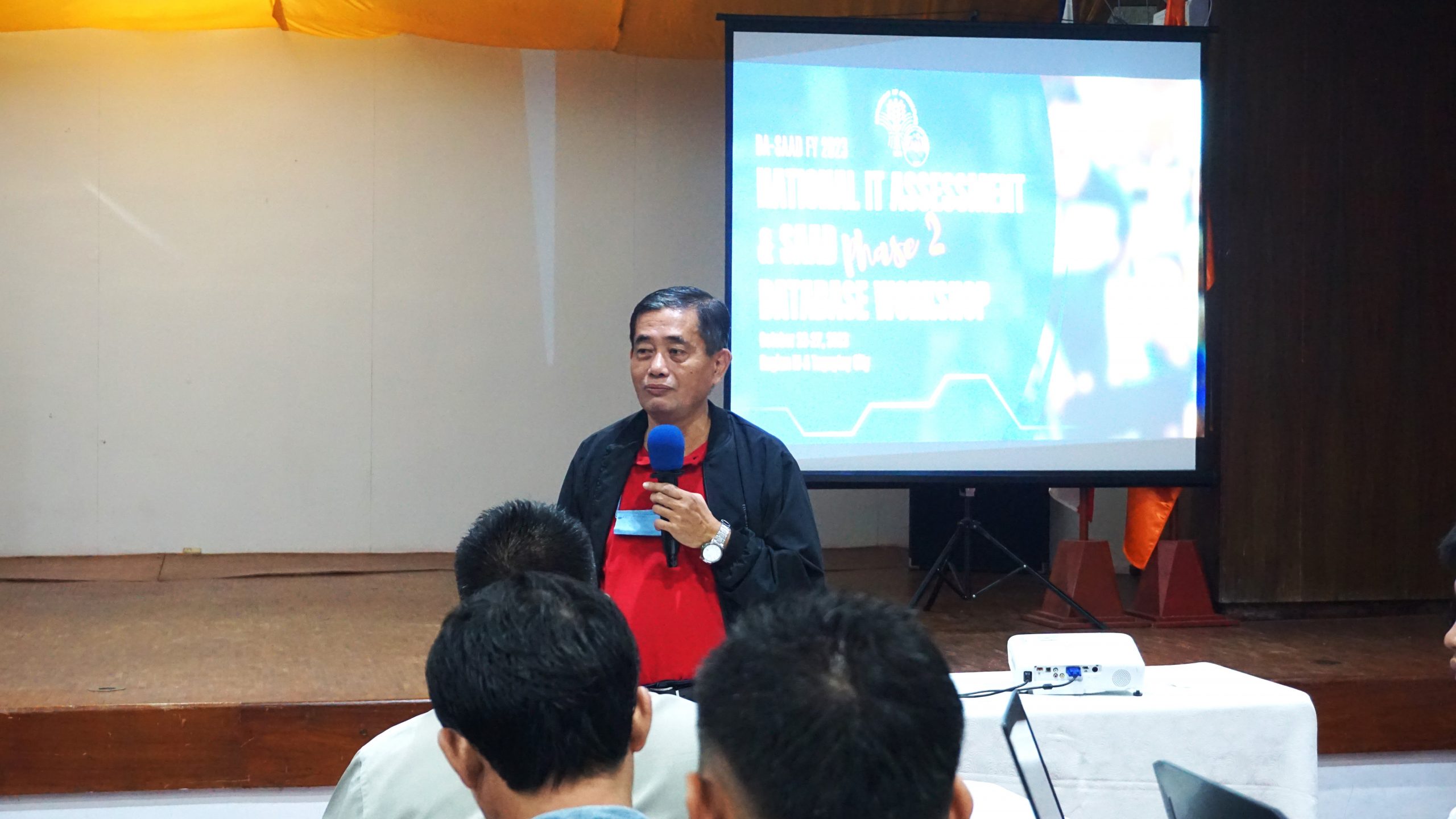






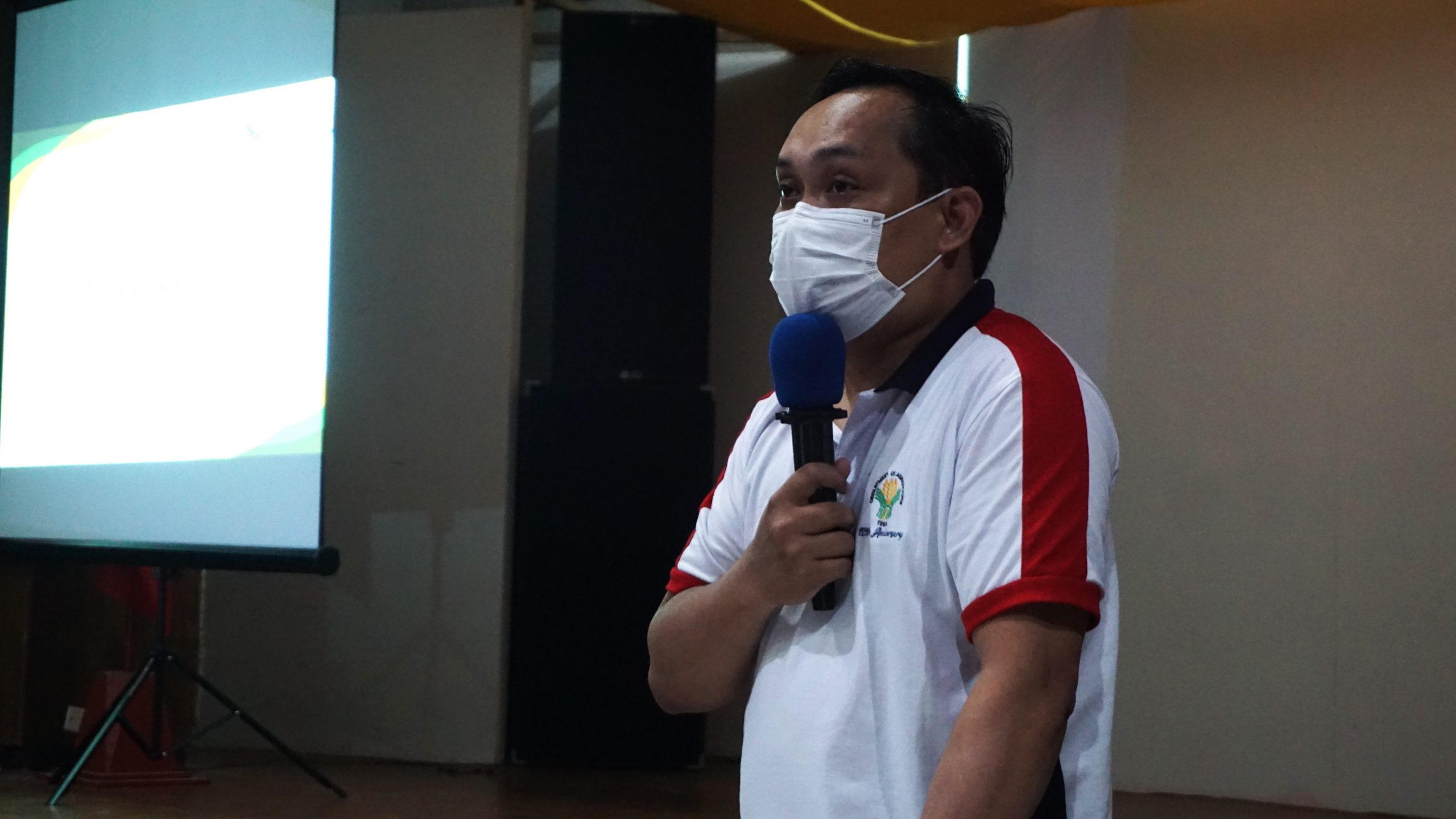

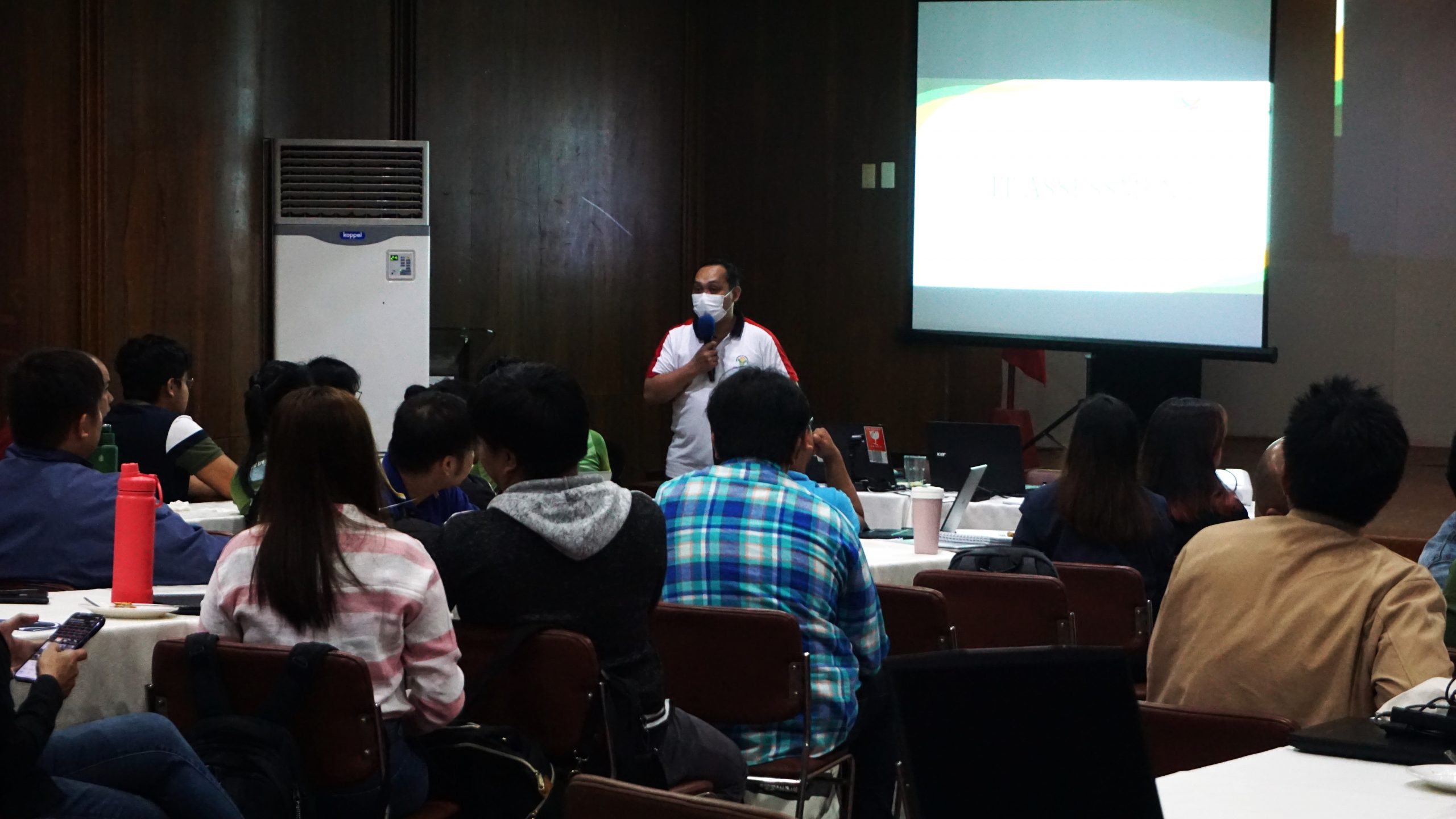









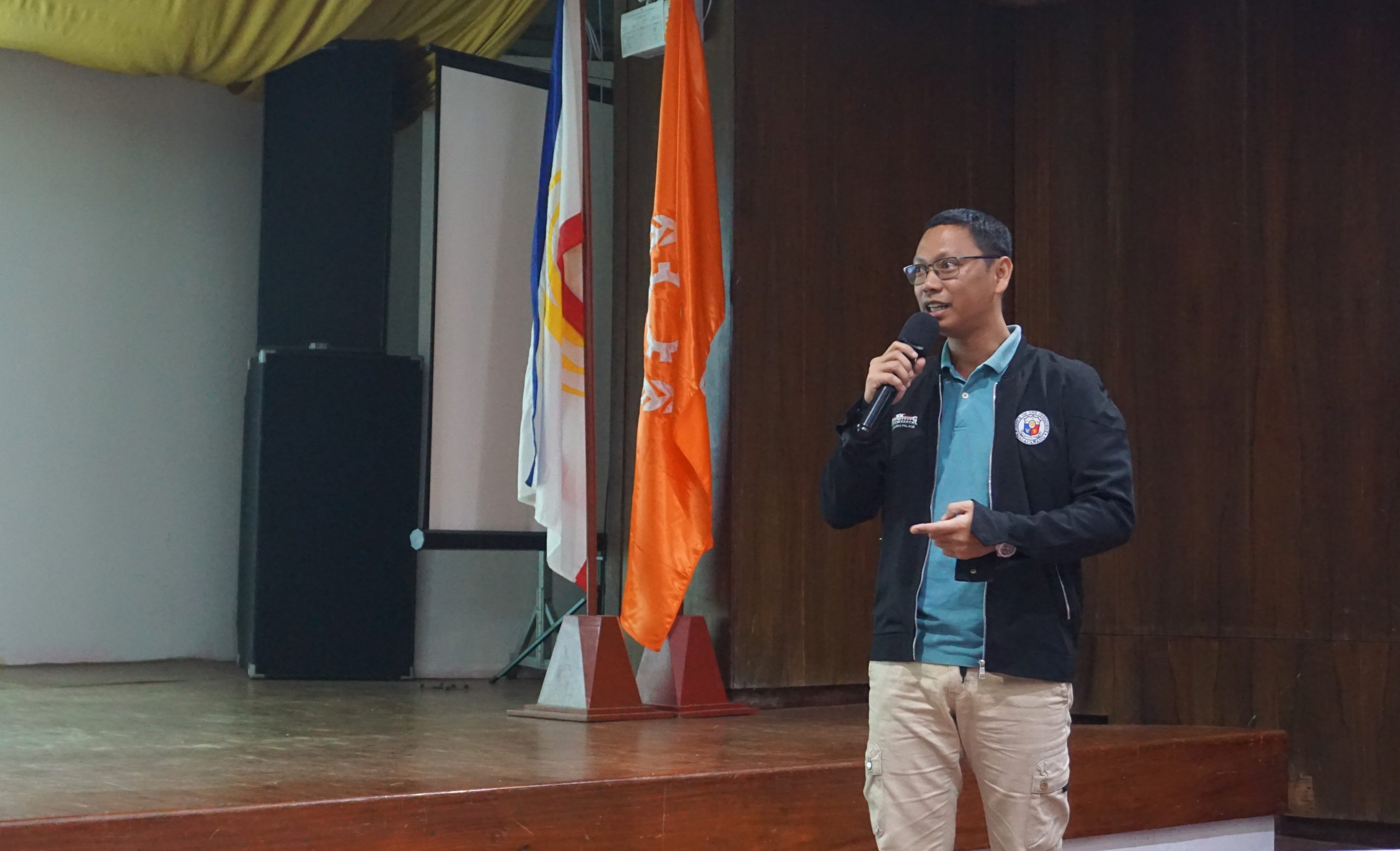



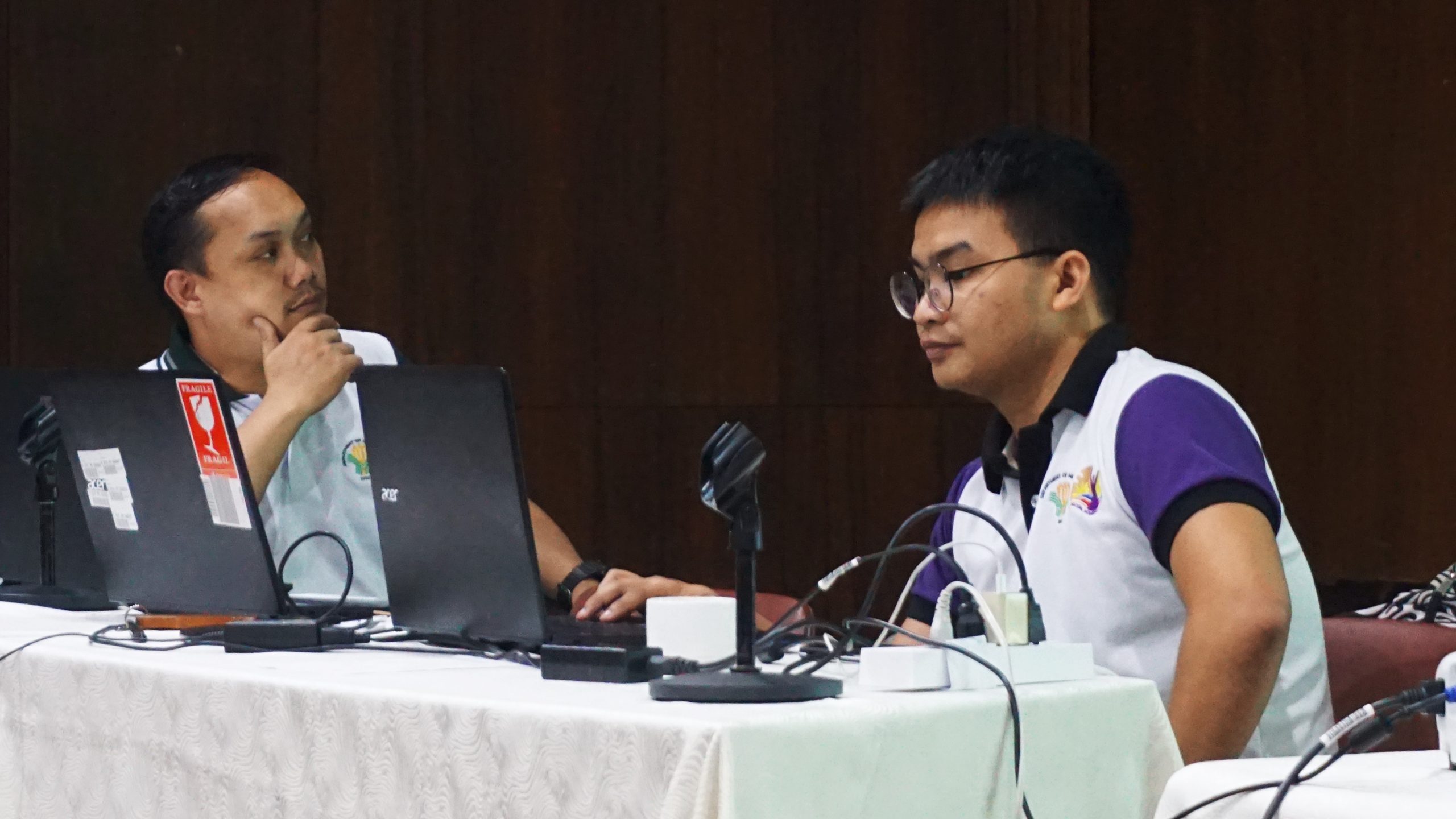






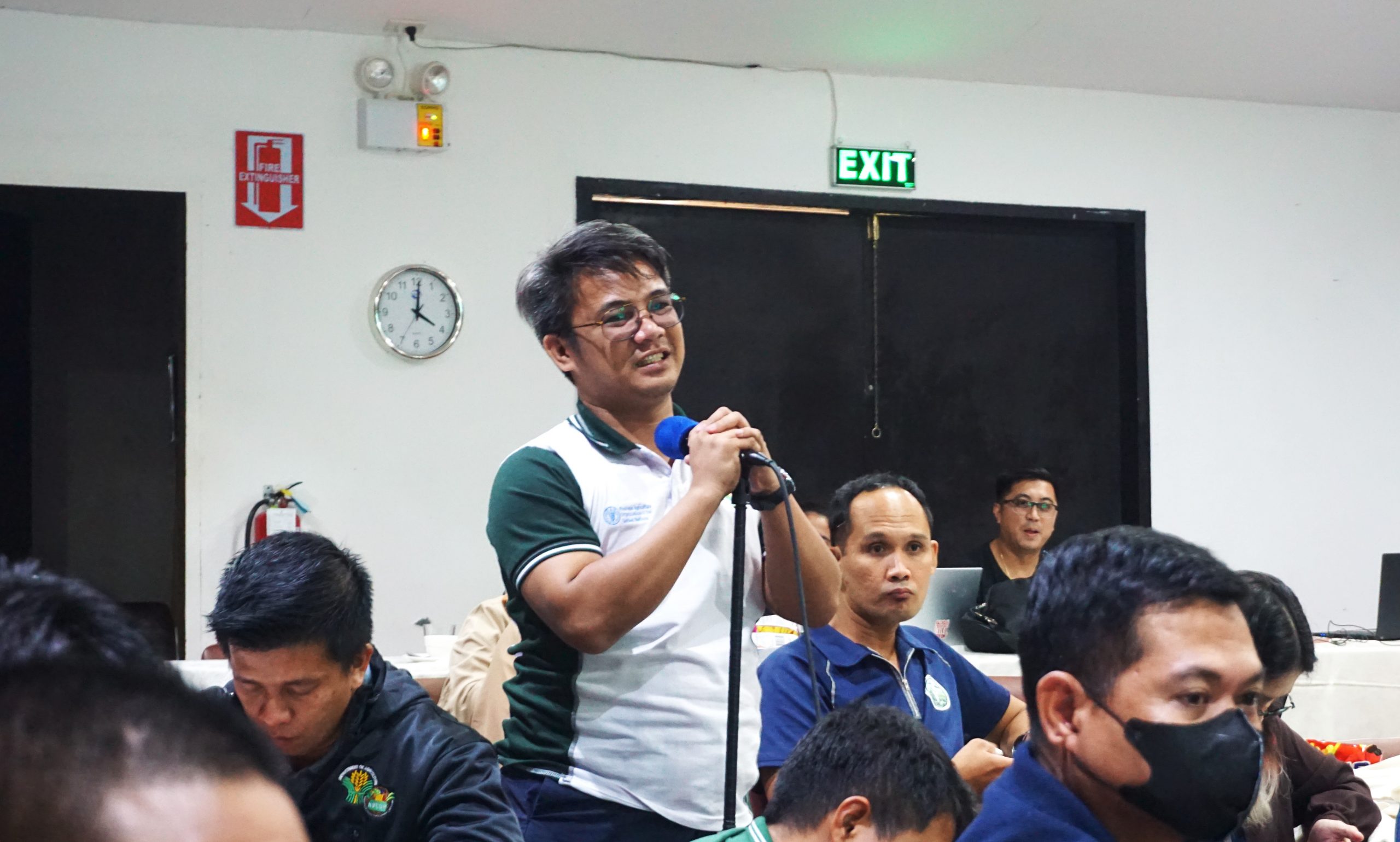

Comments (0)